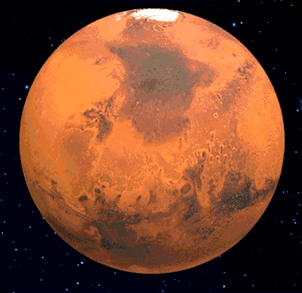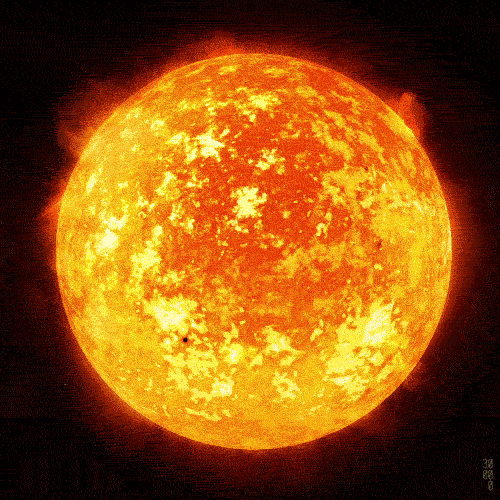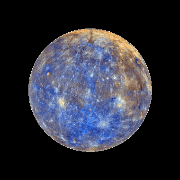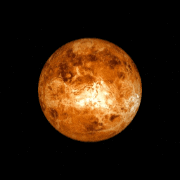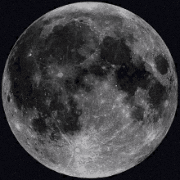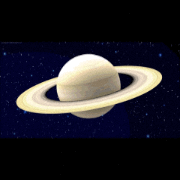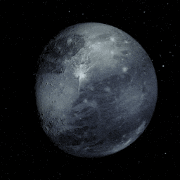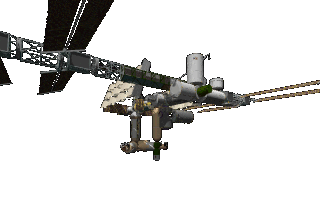What Comets Are
Comets are icy bodies that orbit the Sun.
When they approach the inner Solar System, solar heat causes their ices to sublimate, creating a surrounding coma and often one or two tails that point away from the Sun.
Structure
COMPONENTDESCRIPTION
NucleusSolid core, 0.5 km–50 km across, made of water ice, dust, and frozen gases.
ComaA fuzzy atmosphere up to hundreds of thousands of kilometers, formed by sublimated gases.
Dust TailReflects sunlight; composed of larger particles, curves gently with the comet’s orbit.
Ion (Plasma) TailMade of ionized gases, points directly away from the Sun, shaped by the solar wind.
Origin and Classification
Origin: Most comets come from two distant reservoirs: the Kuiper Belt (beyond Neptune) and the Oort Cloud (a spherical shell up to 100 000 AU).
Short‑period comets (< 200 yr) usually originate in the Kuiper Belt and have relatively low‑inclination, near‑circular orbits.
Long‑period comets (> 200 yr) are thought to be nudged from the Oort Cloud by passing stars or galactic tides, giving them highly eccentric, often near‑parabolic trajectories.
Famous Comets
Halley’s Comet – Returns every 75 years; last seen in 1986.
Comet Hale‑Bopp – Extremely bright in 1997; visible to the naked eye for months.
Comet 67P/Churyumov‑Gerasimenko – Target of ESA’s Rosetta mission, which landed the Philae probe in 2014.
Scientific Importance
Primordial material: Comets preserve the composition of the early Solar System, offering clues about planet formation.
Water delivery hypothesis: Some scientists propose that comet impacts supplied Earth’s oceans, though isotopic analyses suggest asteroids contributed more.
Organic molecules: Spectroscopy has detected complex organics (e.g., formaldehyde, glycine) in cometary comae, informing theories about the origins of life’s building blocks.
Observation Tips
Best time: When a comet is near perihelion (closest approach to the Sun) and near opposition (opposite the Sun in the sky).
Equipment: Naked‑eye viewing works for bright comets; binoculars or a small telescope reveal the tail structure.
Safety: Never look directly at the Sun; use proper solar filters if attempting to photograph a comet near the Sun’s glare.
